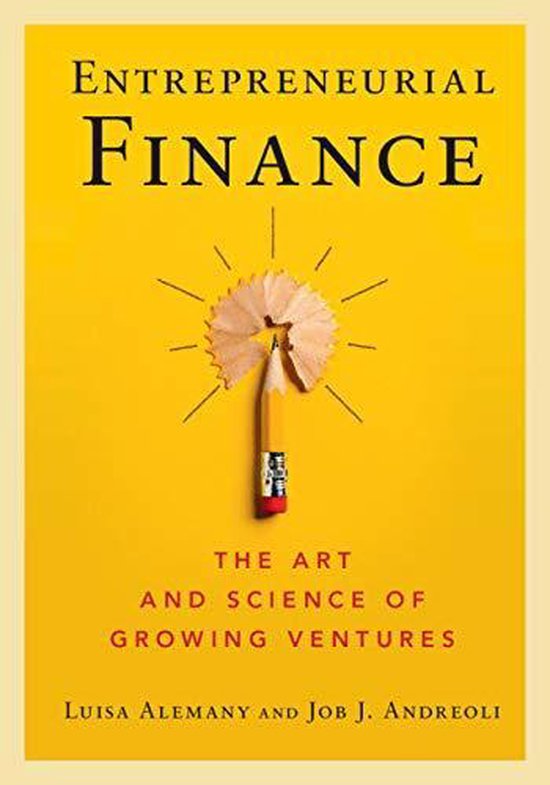Resume
Summary Entrepreneurial Finance
- Cours
- Entrepreneurial Finance
- Établissement
- Universiteit Antwerpen (UA)
This is a summary for the course Entrepreneurial Finance taught by Ine Paeleman at the University of Antwerp. It has been written on the basis of the chapters to be known from the textbook and has been supplemented with lecture notes. With the help of this summary, the authors have all passed the c...
[Montrer plus]













